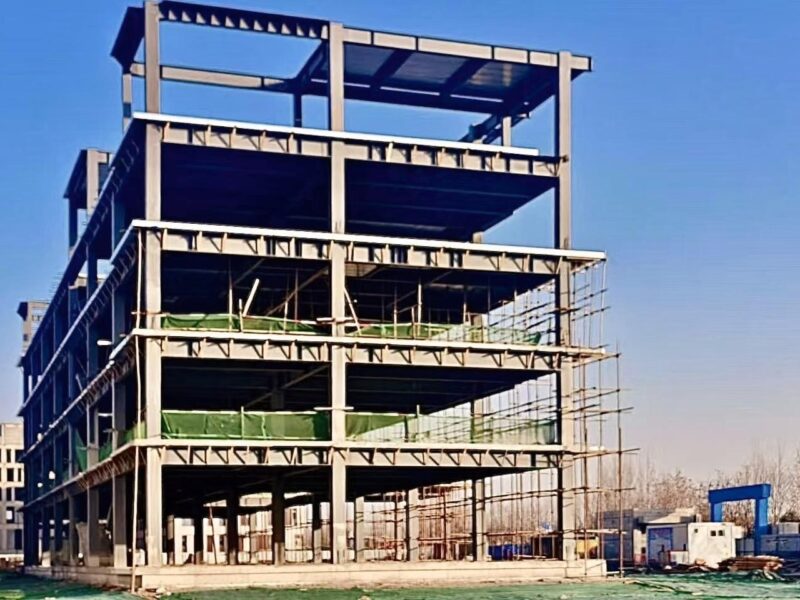
Prefabricated Dairy Barns: Hygienic, Durable, and Efficient Solutions for Modern Farms
In today’s competitive dairy industry, efficiency, hygiene, and animal welfare are critical factors for success. Traditional barns often involve long construction times, high costs, and limited flexibility for expansion or modernization.
Prefabricated dairy barns provide a cutting-edge solution for modern farms. Built using pre-engineered steel structures and insulated panels, these barns offer rapid installation, easy maintenance, and optimized environments for high milk production and animal comfort.
This article explores the advantages, applications, and design considerations of prefabricated dairy barns for B2B clients and agricultural developers.
Why Prefabricated Dairy Barns Are Ideal
- Fast Installation: Prefabricated modules reduce on-site construction time.
- Durable Materials: Steel frames withstand humidity, corrosion, and heavy equipment.
- Hygienic Design: Smooth, washable surfaces support proper sanitation and animal health.
- Scalable Layouts: Easily expand to accommodate herd growth or integrate automation systems.
These advantages make prefabricated dairy barns an ideal solution for efficient, high-performance dairy operations.
Key Advantages of Prefabricated Dairy Barns
- Rapid Construction
Prefabricated modules enable barns to be ready for use within weeks, minimizing farm downtime. - Durable and Safe
Steel structures resist corrosion, weather, and mechanical wear, ensuring longevity. - Hygienic and Easy to Clean
Smooth, non-porous panels prevent bacterial buildup and simplify cleaning. - Energy Efficient
Insulated panels maintain optimal temperature and reduce energy costs for heating and cooling. - Comfortable Environment
Proper ventilation and natural lighting support animal welfare and productivity. - Scalable and Adaptable
Modular designs allow future expansion or integration of automated milking systems.
Applications Across Dairy Operations
- Milking Barns: Hygienic, temperature-controlled spaces for efficient milking.
- Feed Barns: Secure, ventilated structures for storing feed and hay.
- Calf Barns: Safe, comfortable housing for young cattle.
- Multi-Use Barns: Combined facilities for feeding, resting, and milking.
- Automated Dairy Facilities: Integration-ready for robotic milking and monitoring systems.
Design Considerations for B2B Clients
- Ventilation and Climate Control: Ensure consistent air quality and comfort for livestock.
- Drainage and Waste Systems: Facilitate sanitation and prevent disease spread.
- Space Optimization: Provide ample space for cow movement and feeding.
- Lighting and Energy Efficiency: Utilize natural and LED lighting for cost savings.
- Automation Integration: Design barns for easy installation of milking and feeding systems.
Case Studies
- European Dairy Cooperative:
Prefabricated barns reduced construction time by 50% while improving milk output by 15%. - Asian Agricultural Group:
Modular steel barns offered easy cleaning, durability, and reduced veterinary costs. - North American Farm Expansion:
Prefabricated dairy barns enabled fast capacity growth without interrupting daily operations.
Why B2B Clients Prefer Prefabricated Dairy Barns
- Quick installation and faster ROI
- Hygienic and low-maintenance environments
- Durable and weather-resistant steel construction
- Energy-efficient insulation and ventilation
- Flexible layouts and scalability
- Compliance with international dairy farming standards
Conclusion
Prefabricated dairy barns provide hygienic, durable, and efficient solutions for modern dairy operations. They combine fast construction, long-term durability, and scalable design to meet the evolving needs of commercial farms.
For B2B clients, agricultural developers, and dairy producers, prefabricated barns represent a smart investment in productivity, sustainability, and animal welfare.
